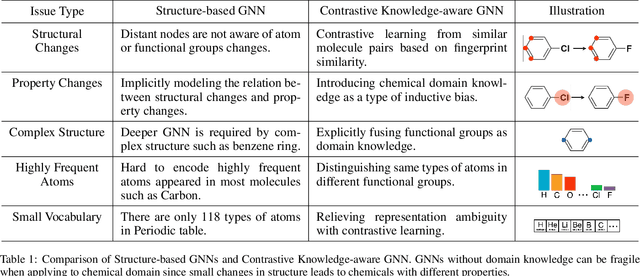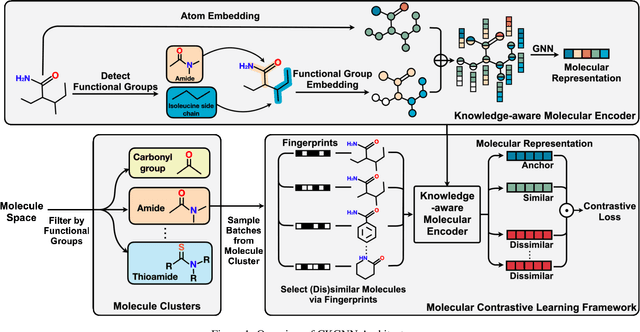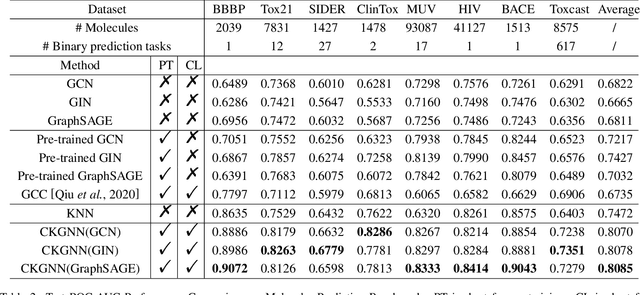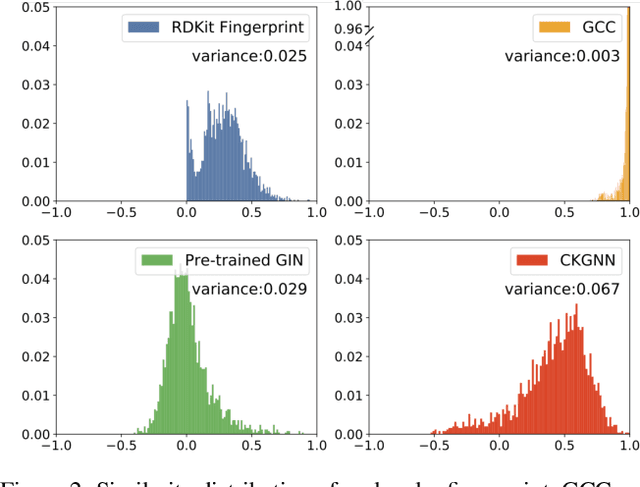Xin Shao
Simultaneous Multi-Slice Diffusion Imaging using Navigator-free Multishot Spiral Acquisition
Jul 30, 2024Abstract:Purpose: This work aims to raise a novel design for navigator-free multiband (MB) multishot uniform-density spiral (UDS) acquisition and reconstruction, and to demonstrate its utility for high-efficiency, high-resolution diffusion imaging. Theory and Methods: Our design focuses on the acquisition and reconstruction of navigator-free MB multishot UDS diffusion imaging. For acquisition, radiofrequency (RF) pulse encoding was employed to achieve Controlled Aliasing in Parallel Imaging (CAIPI) in MB imaging. For reconstruction, a new algorithm named slice-POCS-enhanced Inherent Correction of phase Errors (slice-POCS-ICE) was proposed to simultaneously estimate diffusion-weighted images and inter-shot phase variations for each slice. The efficacy of the proposed methods was evaluated in both numerical simulation and in vivo experiments. Results: In both numerical simulation and in vivo experiments, slice-POCS-ICE estimated phase variations more precisely and provided results with better image quality than other methods. The inter-shot phase variations and MB slice aliasing artifacts were simultaneously resolved using the proposed slice-POCS-ICE algorithm. Conclusion: The proposed navigator-free MB multishot UDS acquisition and reconstruction method is an effective solution for high-efficiency, high-resolution diffusion imaging.
Knowledge-aware Contrastive Molecular Graph Learning
Mar 24, 2021



Abstract:Leveraging domain knowledge including fingerprints and functional groups in molecular representation learning is crucial for chemical property prediction and drug discovery. When modeling the relation between graph structure and molecular properties implicitly, existing works can hardly capture structural or property changes and complex structure, with much smaller atom vocabulary and highly frequent atoms. In this paper, we propose the Contrastive Knowledge-aware GNN (CKGNN) for self-supervised molecular representation learning to fuse domain knowledge into molecular graph representation. We explicitly encode domain knowledge via knowledge-aware molecular encoder under the contrastive learning framework, ensuring that the generated molecular embeddings equipped with chemical domain knowledge to distinguish molecules with similar chemical formula but dissimilar functions. Extensive experiments on 8 public datasets demonstrate the effectiveness of our model with a 6\% absolute improvement on average against strong competitors. Ablation study and further investigation also verify the best of both worlds: incorporation of chemical domain knowledge into self-supervised learning.
 Add to Chrome
Add to Chrome Add to Firefox
Add to Firefox Add to Edge
Add to Edge